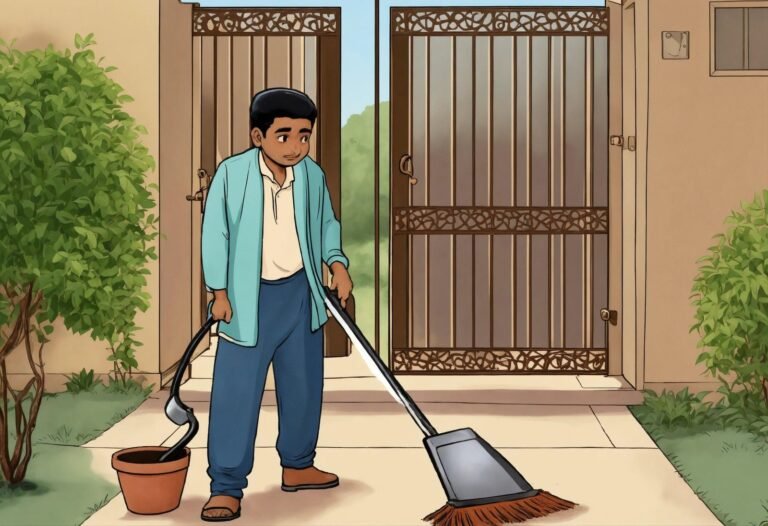Pruning is a crucial part of maintaining healthy plants and ensuring they continue to grow and thrive. By properly pruning your plants, you can encourage new growth, improve air circulation, and shape the plant to your desired size and form. While it may seem daunting at first, mastering the art of pruning is actually quite simple with the right techniques and tools. In this step-by-step guide, we will cover everything you need to know to successfully prune your plants.
The first step in pruning your plants is to properly identify the type of plant you are working with. Different plants require different pruning techniques, so it’s important to know what you are dealing with before you get started. Some common types of plants that may need pruning include trees, shrubs, hedges, and vines.
Next, assess the overall health and shape of the plant. Look for any dead, diseased, or damaged branches that need to be removed. These branches can be a breeding ground for pests and diseases, so removing them is essential for the overall health of the plant. Additionally, removing any crossing or rubbing branches will help improve air circulation and prevent future issues.
Once you have identified the branches that need to be pruned, it’s time to gather the necessary tools. Sharp pruning shears are essential for making clean cuts and preventing damage to the plant. For larger branches, loppers or a pruning saw may be necessary. Make sure that your tools are sharp and clean before you begin pruning.
When making cuts, it’s important to cut at the proper angle to promote healthy growth. For most plants, a 45-degree angle cut just above a node or bud is ideal. Avoid leaving stubs or cutting too close to the bud, as this can cause damage to the plant and impede growth. Additionally, make sure to clean your tools between cuts, especially if you are working with diseased plants, to prevent the spread of any pathogens.
After pruning, it’s important to properly dispose of any debris. Remove any cut branches and leaves from the area around the plant to prevent the spread of pests and diseases. If the plant is diseased, make sure to clean and disinfect your tools before using them on other plants to prevent the spread of the disease.
Finally, water and fertilize the plant as needed to encourage new growth. Proper feeding and watering will help the plant recover from pruning and thrive in the coming months.
In conclusion, mastering the art of pruning is essential for maintaining healthy plants. By following these simple steps and techniques, you can keep your plants looking their best and ensure their continued growth and vitality. With the right tools, knowledge, and practice, you can become a master pruner in no time. Happy pruning!
#Mastering #Art #Pruning #StepbyStep #Guide #Healthy #Plants
How to prune plants correctly?
Discover more from Organic Gardening
Subscribe to get the latest posts to your email.







